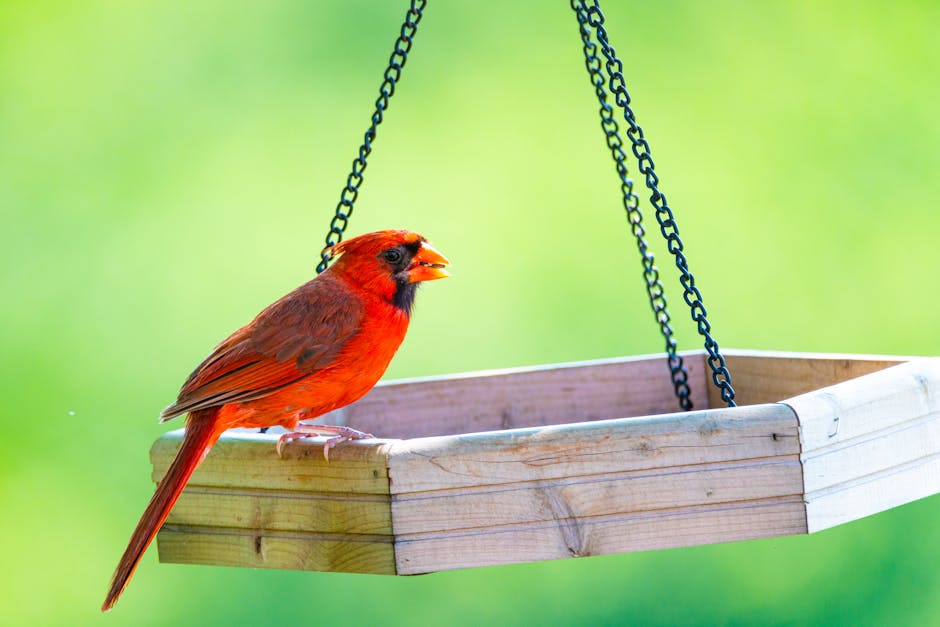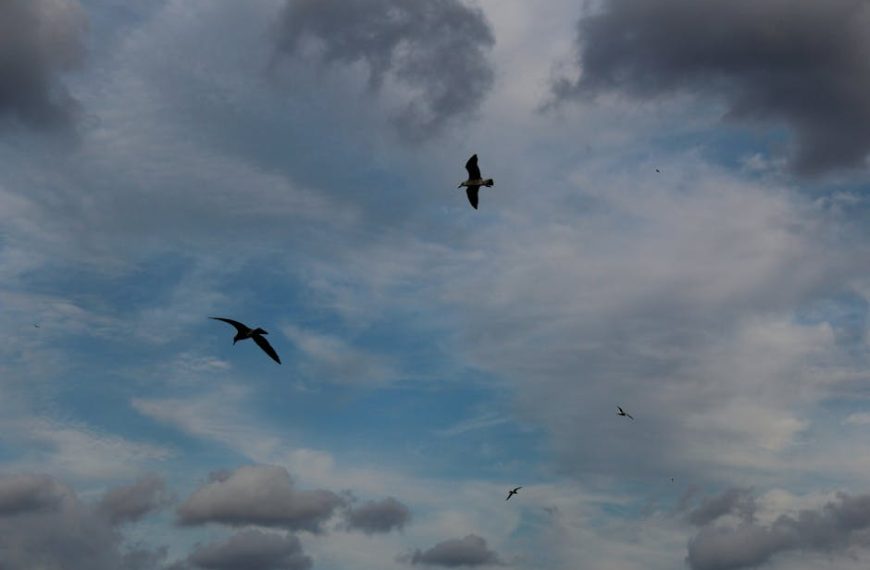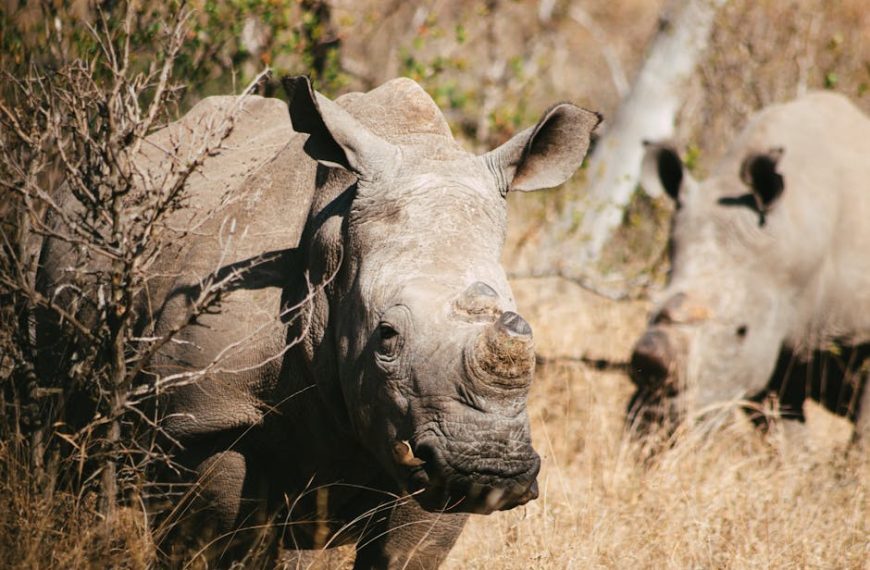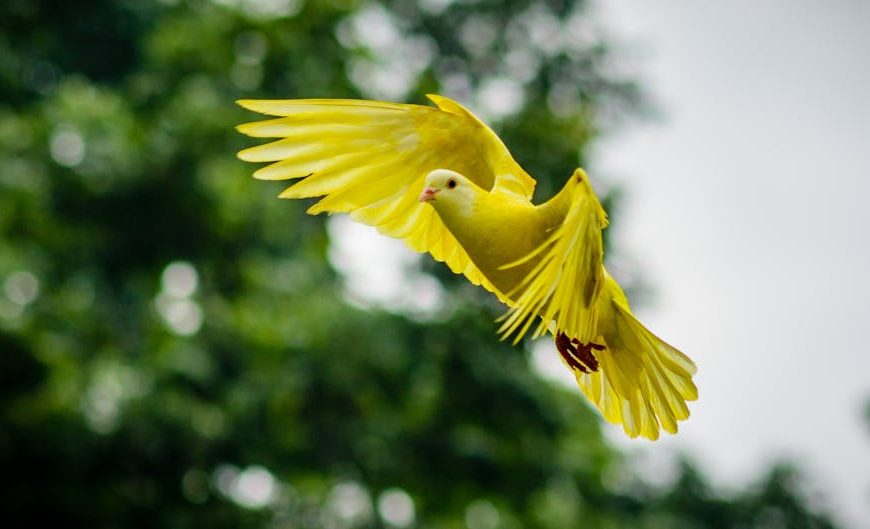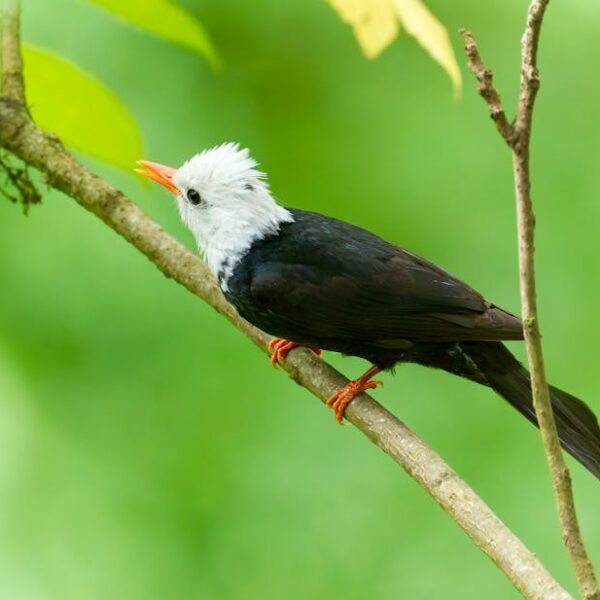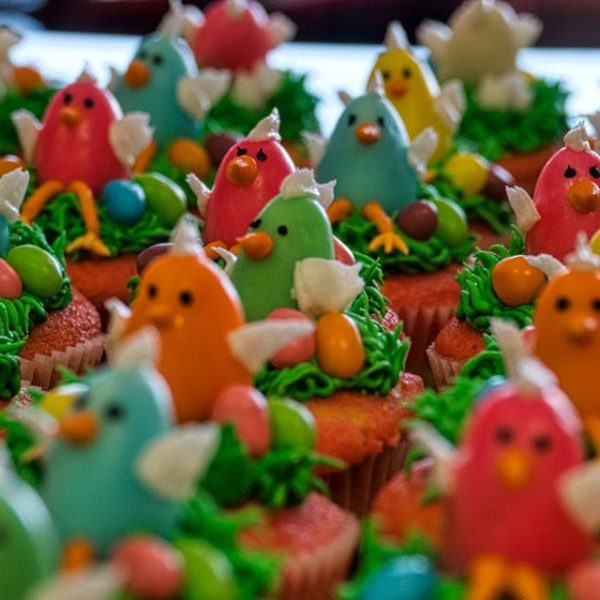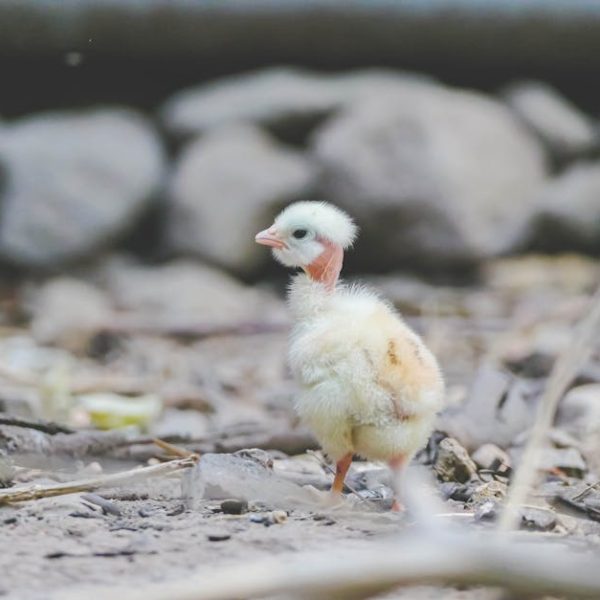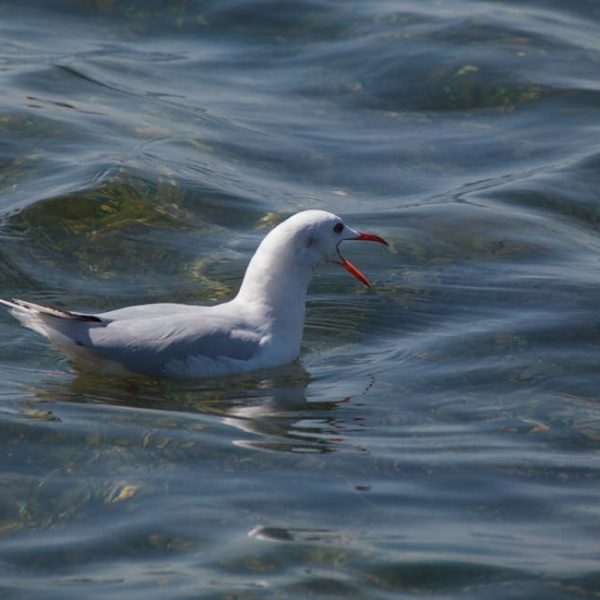When you set up a new bird feeder, the anticipation of seeing feathery visitors can be thrilling. Typically, birds may take anywhere between a day to a few weeks to start visiting a new bird feeder. Several factors contribute to this varied timeframe, including the type of birds in your area, the location and style of the feeder, the quality of bird feed used, and more. Let’s delve into understanding these details to ensure your bird feeder is soon bustling with activity.
Understanding Bird Behavior Towards New Feeders
To birds, anything new in their environment is perceived as a potential threat until proven otherwise. This extends to bird feeders, too. Birds may observe your new bird feeder from a safe distance before mustering the courage to approach. If your bird feeder is positioned in an open area where birds can view it from all directions, discovery can occur faster.
Nevertheless, certain things can accelerate discovery:
- Location: Birds tend to prefer feeders located near natural cover like bushes or trees, offering them a quick escape should a predator appear.
- Type of feeder: Platform or tray feeders are often more comfortable for birds to explore due to their accessibility.
Pro Tip:
Surround your feeder with bird-friendly features such as sheltering trees, bird baths or native plants to make your bird feeder more appealing and hasten discovery.
Factors that Impact Discovery Time
From seasonality to the type of feed used, several factors dictate how quickly your new bird feeder is discovered:
- Season: Birds are more likely to explore and discover new sources of food during harsh weather conditions or breeding periods when their food needs are high.
- Type of feed: Different bird species prefer different feed types. Using a diverse bird feed mix can attract a larger variety of birds.
- Environment: If there are already numerous bird feeders in your neighborhood, it might take longer for birds to find your specific feeder.
Best Practice:
Use high-quality, diverse feed to attract a broad range of bird species to your new feeder much quicker.
Setting Up Your Bird feeder for Faster Discovery
Attracting birds to a new feeder entails more than just offering food. Making your bird feeder visible and attractive can significantly reduce the discovery time:
- Colourful feeders: Brightly colored feeders can attract more birds since they can spot these easily.
- Visible Area: Place your feeder in a location visible from the sky, giving birds a better chance to spot it.
- Audible Cues: Hanging wind chimes nearby can help attract attention to your bird feeder.
Checklist:
- Choose mixed seed types to cater to different bird species.
- Set the feeder in a high visibility area, ideally near a sheltering tree.
- Use visible and audible cues to make the feeder stand out.
Stay tuned to learn about the role of patience in attracting birds to your feeder and what to expect in terms of typical bird feeder discovery timelines.
How to Patiently Encourage Birds to Your Feeder
If you’ve done everything right and still there are no birds at your new feeder, don’t worry. Patience is key in bird watching. Fostering an environment free of threats is integral in encouraging your skittish visitors to keep coming back. Here are some tips to help:
- Predator Control: Discourage cats and other predatory animals from lingering around your feeder by installing bird-friendly fencing or predator deterrents.
- Consistency: Consistently filled feeders can build trust with the bird community. If they find food once, they’re more likely to return.
Pro Tip:
Regular cleaning of your bird feeder can help maintain bird health, keeping contagious diseases at bay, and encouraging more frequent visits.
Typical Timeline for Birds to Discover New Feeders
Assuming all the favorable conditions, the typical timeline for birds to discover new feeders is about one to four weeks. However, several factors can either shorten or elongate this timeline:
- Species variations: Some bird species are more adventurous or desperate for food, and may discover your feeder sooner than other species.
- Weather conditions: Extreme weather conditions can drive birds to explore and discover new food sources faster than during a perfect weather.
It’s vital to remember that birds are creatures of habit and often stick to established routines. Any disruption, such as a new bird feeder, may require a period of adjustment before they feel safe with the change.
Pros and Cons:
| Spring | Winter | |
|---|---|---|
| Pros | Many birds are on the look-out for reliable food sources due to increasing energy requirements in the breeding season. | Food scarcity due to weather conditions may lead birds to explore new feeders. |
| Cons | If there are already several fully-stocked feeders in the vicinity, yours might take longer to be discovered. | Some bird species may have migrated for the season, meaning fewer species might explore your feeder. |
The process of attracting birds to a new feeder is as exciting as it is challenging. Each day might bring a new species or behavior to observe. While the wait could be tantalizing, in the end, nothing quite compares to the joy of watching the first flock of birds swoop down on your bird feeder. Happy birding!
Key Takeaway:
- Discovery of a new bird feeder by birds is impacted by several factors like location of the feeder, type of food, season, and existing number of bird feeders in the neighborhood.
- Birds are cautious creatures and see new objects in their environment as potential threats.
- Bird feeders placed near natural coverage like bushes or trees are more likely to be discovered faster.
- A varied diet of seeds can help to attract a vast range of bird species.
- While not immediate, the thrill of watching the first flock of birds swoop down on your bird feeder is worth the wait.
As you enjoy the thrill and the anticipation of new feathered friends visiting your feeder, remember that patience is key. Keep your bird feeder consistently stocked with a variaty of feed and ensure it’s clean and safe, and soon it will be a regular stop for the birds in your neighborhood. The joy of bird watching is the magic of noticing these small wonders of nature. Each bird you attract to your feeder brings its own unique charm and behaviour pattern that adds richness to our daily lives.
FAQs
Q: What types of bird feeder would be easiest for birds to adapt to?
A: Typically, platform or tray feeders are easier for birds to access and explore. Also, choosing a feeder with more than one feeding port can allow for more birds to feed at once.
Q: Can I use any type of bird food feed for my feeder?
A: No, different bird species have varied food preferences. It’s best to research the bird species in your area and cater your bird feed selection to them.
Q: What color should my bird feeder be to attract the greatest variety of birds?
A: Multiple bright colors can attract birds to your feeder. However, it’s important to note that not all bird species are attracted to the same colors.
Q: How can I keep predators away from my bird feeder?
A: You can install bird-friendly fencing or use other predator deterrents to discourage predators like cats from prowling around your bird feeder.
Q: Is there an ideal season to set up a new bird feeder?
A: While birds can discover feeders at any time of the year, they are likely more active during spring (breeding season) and winter (when food resources are scarce).
If you found this post helpful or interesting, feel free to share it on social media. Keep exploring other articles for more great insights into nature and wildlife.
